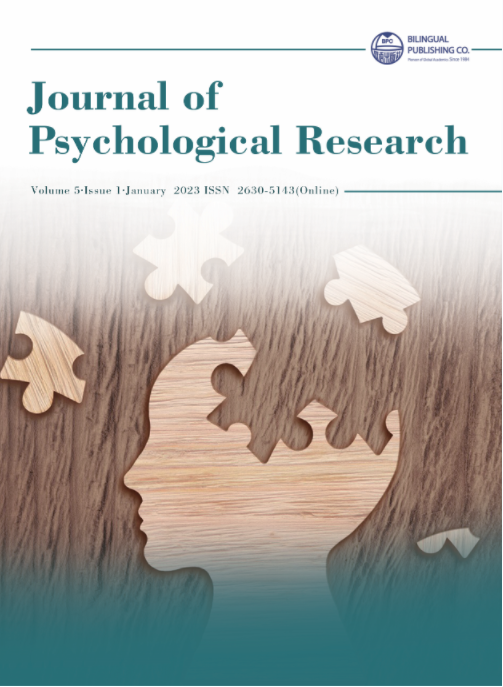-
602
-
573
-
334
-
320
-
317
Research on Well-being: Measuring “Good Life”, Shifting Values, and Cross-cultural Applicability
DOI:
https://doi.org/10.30564/jpr.v5i1.5506References
[1] Morris, M.D., 1980. The physical quality of life index (PQLI). Development Digest. 18(1), 95-109.
[2] UNDP, 2011. Human Development Index (HDI) [Internet]. United Nations Development Pro-gram. Available from: http://hdr.undp.org/en/statistics/hdi/.
[3] Schwartz, S.H., 2012. An overview of the Schwartz theory of basic values. Online Read-ings in Psychology and Culture. 2(1). DOI: https://doi.org/10.9707/2307-0919.1116.
[4] Sterling, E.J., Filardi, C., Toomey, A., et al., 2017. Biocultural approaches to well-being and sustainability indicators across scales. Nature Ecology & Evolution. 1(12), Article 12. DOI: https://doi.org/10.1038/s41559-017-0349-6.
[5] Fuller, S., 2016. Wellbeing and place. Rout-ledge: London.
[6] Atkinson, S., Fuller, S., Painter, J., 2016. Well-being and place. Routledge: London.
[7] Clark, W.A.V., Yi, D., Huang, Y., 2019. Sub-jective well-being in China’s changing society. Proceedings of the National Academy of Sci-ences. 116(34), 16799-16804. DOI: https://doi.org/10.1073/pnas.1902926116.
[8] Okulicz-Kozaryn, A., Valente, R.R., 2019. Liv-ability and subjective well-being across Europe-an cities. Applied Research in Quality of Life. 14(1), 197-220. DOI: https://doi.org/10.1007/s11482-017-9587-7.
Downloads
How to Cite
Issue
Article Type
License
Copyright © 2023 Anastasia Aldelina Lijadi

This is an open access article under the Creative Commons Attribution-NonCommercial 4.0 International (CC BY-NC 4.0) License.




 Anastasia Aldelina Lijadi
Anastasia Aldelina Lijadi






